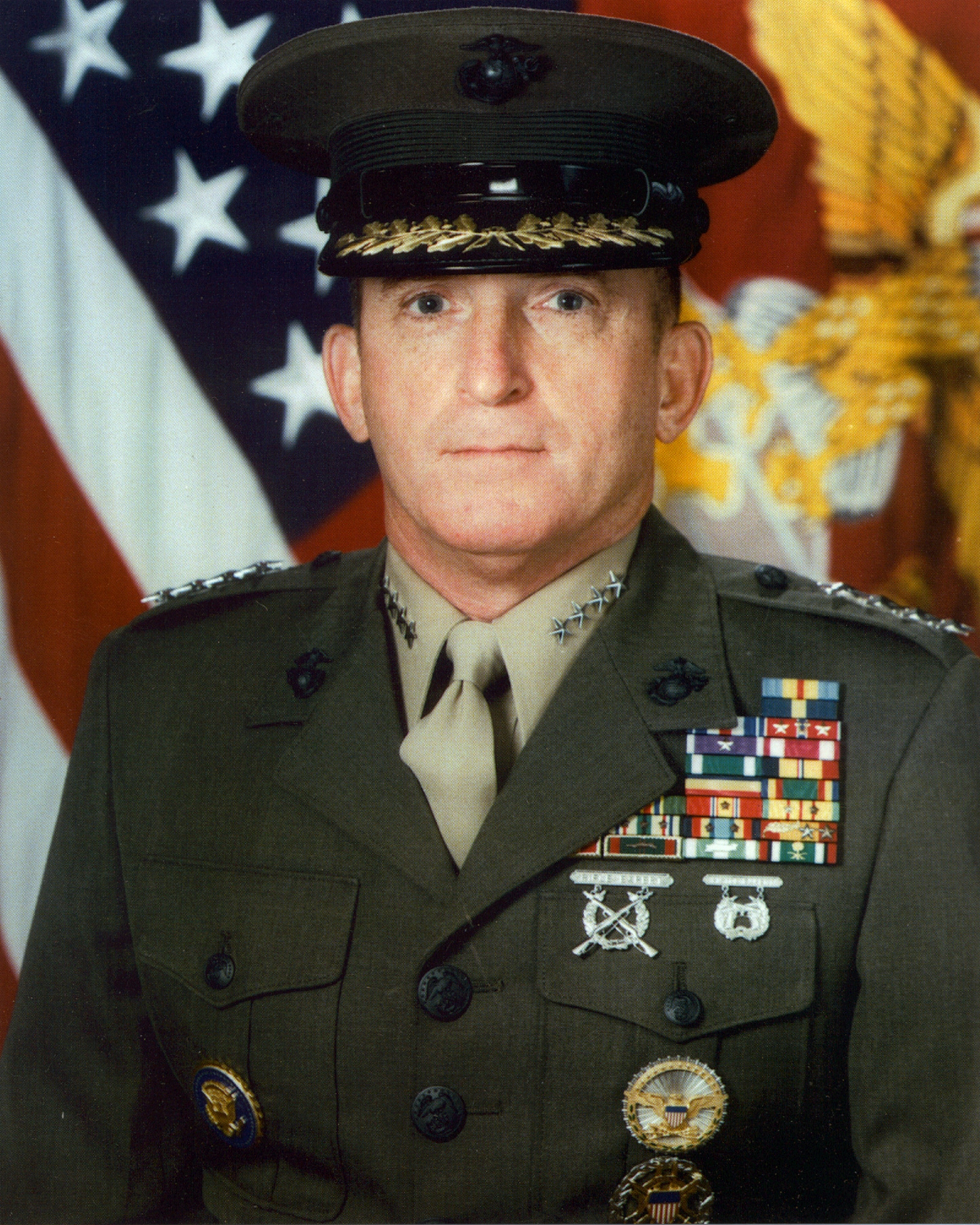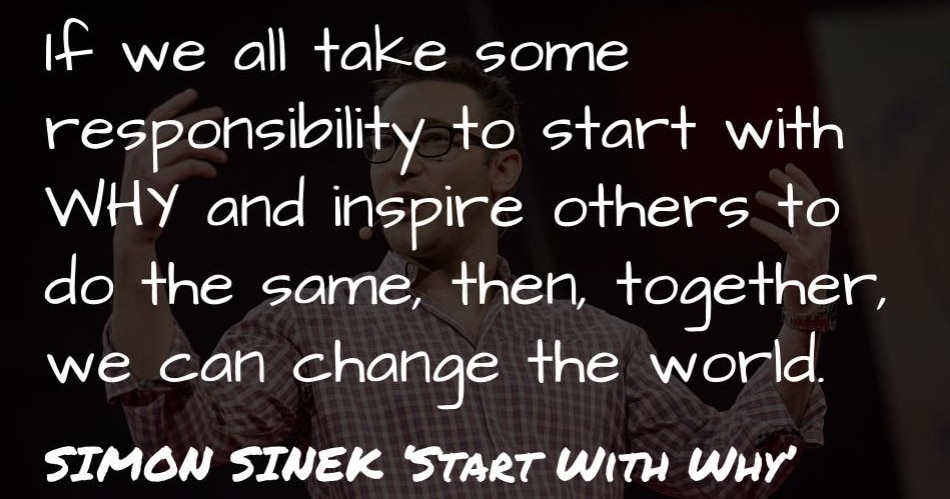The importance of vision and strategy from the point of view of a former US Naval officer.
Long before strategic execution became one of the top concerns of business leaders and even before a genuine and bloody Global War on Terrorism began, a senior U.S. military leader and theorist defined a prescription for both.
He called it the Strategic Corporal.
In January 1999 then Commandant of the U.S. Marine Corps General Charles Krulak wrote an article entitled “The Strategic Corporal.”

This article resonated in the military and proved prescient in light of the conflict that arose only two years later.
In it, General Krulak developed a fictional combat scenario he called “Operation Absolute Agility” and a fictional character, Corporal Hernandez.
Corporal Hernandez was a squad leader, the leader of a small group of Marines numbering about 10.
He was the leader of just one of several squads which form a company of Marines that got tasked with providing security to a food distribution point manned by civilian workers from the International Relief Organization, or IRO (a fictional international agency).
The IRO got tasked to distribute much-needed supplies to an African nation plagued by famine and civil unrest.
Two factions led by competing warlords were operating in the area and disrupting the IRO’s relief efforts.
Learning that one of the warlord’s forces were congregating nearby, the Marine commander sent Corporal Hernandez and his squad 400 meters north to man a roadblock.
His orders were clear, let no one through that was carrying a weapon and to alert his commander of any trouble.
Once he and his squad arrived at his post, Corporal Hernandez observed that a large crowd had formed and that several vehicles from one of the factions were congregating in the area and disrupting the relief efforts.
So, he relayed this information to his commander.
In response, he received word that the other rival faction was headed directly for his position.
It appeared that there was going to be a fight between the two forces and Corporal Hernandez’s small squad would get caught in the middle.
A helicopter was dispatched by the Marine commander to help distract the crowd, but it came under attack by a shoulder-launched missile from somewhere nearby and crashed.
A Marine observer could see that there were survivors that needed help.
Then, the second warlord’s men pulled up to the gates brandishing weapons and rocket-propelled grenades with a crew from an international news agency in tow.
Rocks and Molotov cocktails were launched at the Marines, and one was slightly injured.
So, what was Corporal Hernandez to do?
To quote General Krulak: “Corporal Hernandez was face-to-face with grave challenges . . . and his actions, in the next few minutes, would determine the outcome of the mission and have potentially strategic implications.”
He goes on to say that in increasingly complex scenarios “. . . the outcome may hinge on decisions made by small unit leaders, and by actions taken at the lowest level.”

Sound familiar?
Do the people at the lowest levels of your organization have an understanding of the organization’s overarching goals to make the right decisions when faced with unforeseen challenges that demand immediate action?
Do they have the freedom to exercise judgment?
Do they have access to the information they need to make those judgments?
Making the right decisions when faced with ambiguity and uncertainty, is essential to surviving and thriving in the modern world.
Consider the Following True Customer Service Story.
A customer sent a product back to the factory for repair.
The factory claimed that the way the customer packaged the product for return damaged some diagnostic equipment when it was opened.
A front-line manager charged the customer over a thousand dollars for that damage.
Because that manager did not have a clear understanding of the company’s overall goals, he requested a purely mission-focused perspective.
As it turns out, that particular customer posted the experience on an industry website that was read by about 34,000 people every day.
The negative press caused much more than a thousand dollars in equipment damage.
In a similar story, this one from a major airline, a customer service agent dutifully quoted airline policy in spite of a group of customers complaints of being charged over $200 for each additional bag – a fee that was, indeed, company policy.
So, good for the customer service agent, right? Wrong.
This group of customers needing to check more bags were soldiers returning from duty in Afghanistan.
Shocked at the cost they were liable to pay; the soldiers quickly released an internet video that went viral in no time.
The airline’s reputation suffered immediate damage as an untold number of customers, including one U.S. Congressmen, expressed their dismay.
Some even boycotted the airline. One short-sighted employee lost sight of an alignment with company goals.
It was easier to quote policy than to exercise judgment.
Returning to Corporal Hernandez’s Scenario:
We are not given any information on his aligning vision, mission, goals or strategies.
And, that’s the point.
How can he exercise judgment without them?
If it has anything to do with humanitarian aid or protecting the populace, how damaging will it be if he executes his mission order and opens fire on the crowd with a news crew recording the carnage for the world to see?
This is what General Krulak meant when he said that Corporal Hernandez’s actions could have strategic implications.
Providing Corporal Hernandez with precise alignment between his mission objective, the strategy, and overall purpose of his squad’s presence there, senior leaders give him the guidance he needs to exercise his best judgement when things don’t go as planned or expected.

There have been many stories of young servicemen and women in combat making such critical decisions when the world starts to fall apart around them.
How have they succeeded in exercising good judgement and aligning their actions to national strategy and goals?
They understand why – the notion that author Simon Sinek has made famous over the past few years.
It’s no mistake that he often references military experiences in his books Start With Why and Leaders Eat Last.
The strategic corporal must understand the fundamental why for what he or she does.
But they also have to have a clear and well-defined understanding of long-range goals and the strategy to meet them.
Only then can they be empowered and entrusted to exercise sound judgement and make the right call in volatile and uncertain environments.
Vision, what we call a High Definition Destination in the Flawless Execution® methodology, and strategy is for the front line of every organization’s force, not just the executives.





